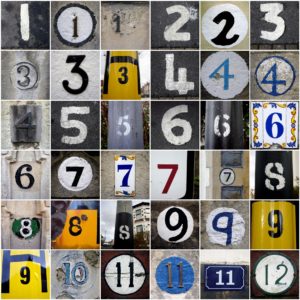Bees are spending more time in the hive and thus there is less work for the beekeeper. Last month, in preparing your hives for winter, you probably did the following, right?
(1) condensed hive gear so frames are densely covered with bees
(2) gave preference to using the dark brood combs which bees seem to prefer
(3) arranged frames in brood boxes so honey frames are at the outside and pollen next to them
(4) checked for adequate pollen stores and supplied pollen substitute if it was needed
(5) restricted access so mice, wasps, and yellow jackets
(6) combined weak but healthy colonies with strong ones (take your losses in the fall!)
(7) fed 2:1 syrup
The yellow jackets are still pestering. The entrance design of most beehives does not discourage the feeding habit of wasps and yellow jackets. Relocating the hive entrance by installing a robbing screen is quite effective. You may continue to see dead drones on the ground. As a result of consolidating you may have empty brood comb. Discard any that are old and distorted. If storing any comb over winter off of an active hive, take precautions for wax moth (and avoid any naphthalene containing products for this). If removed combs are plastic or have foundation inserts the old wax can be scraped off and melted beeswax brushed back on. Then they can be returned to the hive during a nectar flow.
Consider providing an upper entrance because wintering bees move upward, ignoring the lower box.
